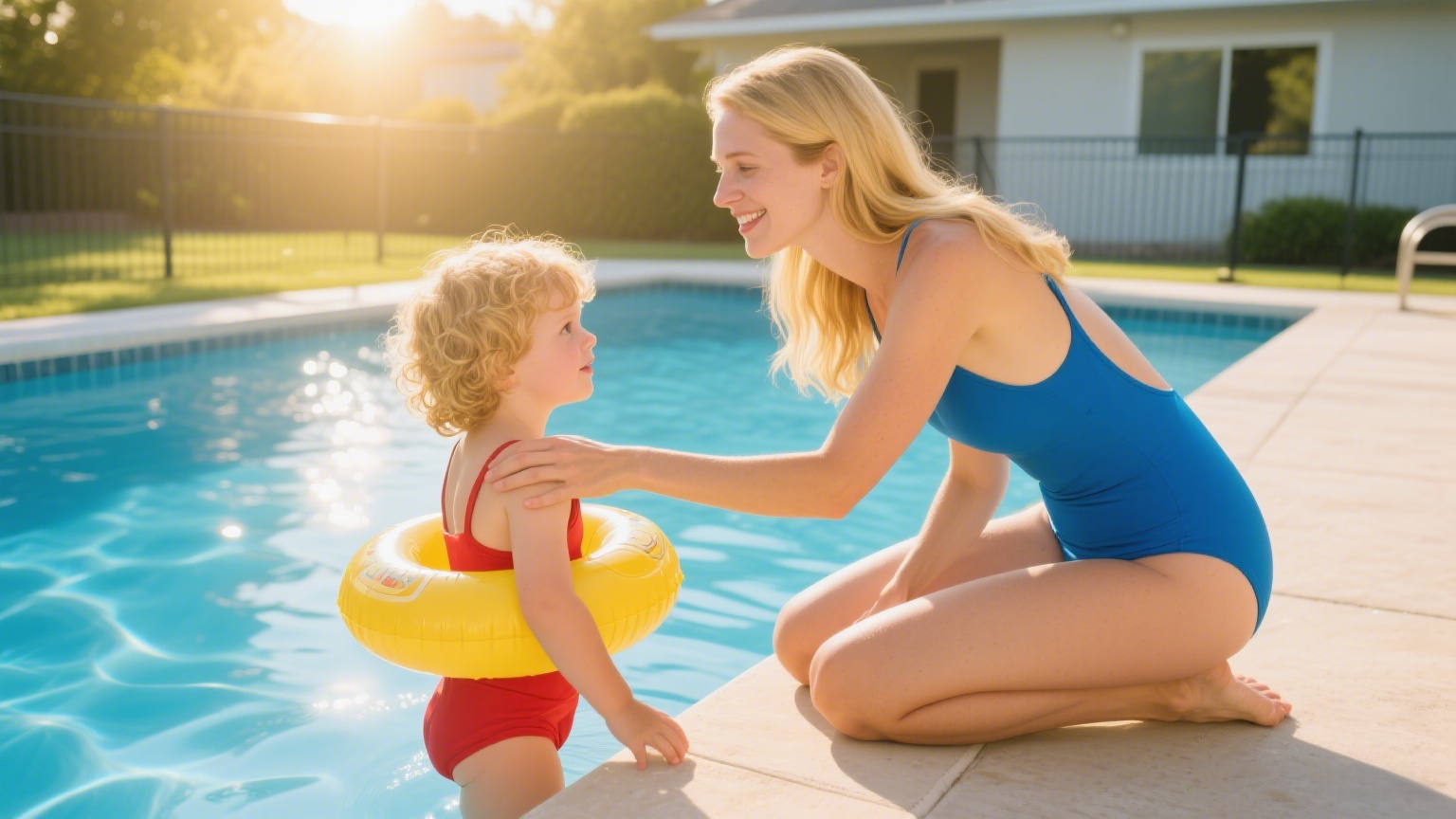A backyard pool offers endless summer fun, but requires serious safety measures. Drowning happens silently and quickly – often when adults are distracted. These evidence-based strategies can protect your children:
1. Make Water Safety an Ongoing Conversation
- Treat pool safety with the same urgency as car seats or stranger danger
- Share real drowning incidents (local cases or news stories) to demonstrate risks
- Explain that water is as dangerous as cars – establish firm rules like:
“Never enter pool areas without an adult”
“No running near the pool”
2. Implement the Water Watcher System
- Designate a sober, phone-free adult to actively supervise at all times
- Use a physical “Water Watcher” tag that rotates every 15-30 minutes
- Remember:
• Drowning children rarely splash or scream
• Most incidents occur during “group swim” when everyone assumes someone else is watching
3. Eliminate Phone Distractions
- Store phones in bags during swim time (keep one nearby only for emergencies)
- If you must take a call/text, formally transfer supervision to another adult first
- Set a “tech-free zone” example – 60 seconds is all it takes for tragedy to strike
4. Prioritize Swim Lessons
- Start age-appropriate lessons as early as 1 year old
- Remember: Lessons reduce risk but don’t make children “drown-proof”
- Continue refresher courses annually
5. Conduct Pool Maintenance Checks
Before each swimming season:
✔️ Have professionals inspect:
- Pool covers
- Drain systems
- Electrical components
✔️ Ensure: - Fences are at least 4 feet tall with self-latching gates
- No loose screws/edges that could trap hair or clothing
6. Prepare for Emergencies
- Learn CPR (organize a “CPR party” with other parents)
- Post emergency numbers and your home address near the pool
- Watch for secondary drowning symptoms after water incidents:
• Coughing
• Breathing difficulties
• Sudden fatigue
Key Reminder: Nearly 90% of child drownings happen under adult supervision. Vigilance – not just presence – saves lives. Implement these measures today to protect what matters most.
For CPR certification: Contact your local Red Cross or visit redcross.org/take-a-class








